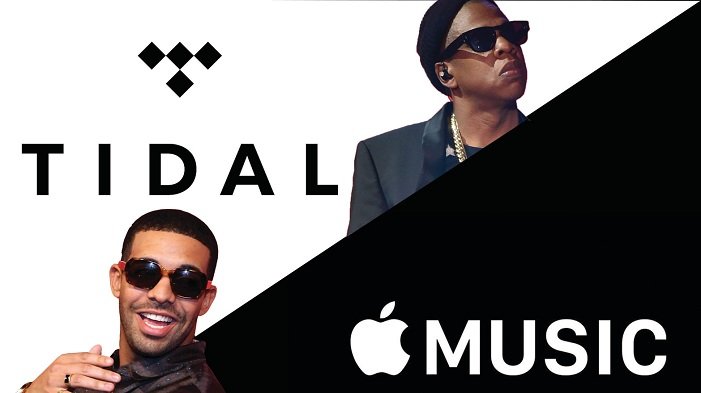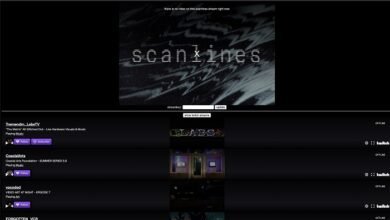Tidal vs Apple Music: Which one will be perfect for you in 2024

The world of music streaming is a battlefield, and two major players stand out: Tidal and Apple Music. Both offer vast libraries, slick interfaces, and exclusive features, but which one reigns supreme? Let’s break down the key differences between Tidal and Apple Music to help you pick your perfect audio partner.
Sound Quality: The Audiophile’s Showdown
For those who prioritize pristine audio, Tidal throws down the gauntlet. It boasts true lossless CD-quality FLAC files, meaning you hear every detail exactly as the artist intended.
Think studio-grade precision compared to the slightly compressed MP3s you might be used to. Apple Music offers its own “lossless” tier, but it uses a different format (ALAC) with a slightly lower bitrate.
Here’s the analogy: Imagine a photograph – Tidal shows you the full, high-resolution image, while Apple Music delivers a very good, but slightly compressed version.
However, discerning the difference depends on your listening setup. If you’re rocking a premium sound system with high-end headphones, Tidal’s advantage shines. But for casual listening on earbuds or phone speakers, the difference might be negligible.
Exclusive Content: Who’s Got the Edge?
Both Tidal and Apple Music have exclusive content to entice you. Tidal boasts a strong focus on artist-owned content and high-fidelity music videos.
Think of it as a backstage pass to the music industry, with exclusive interviews and artist-curated playlists. Apple Music counters with robust integration with the Apple ecosystem, offering seamless music streaming across your iPhone, iPad, and Mac.
They also feature exclusive music releases and live concert events, keeping you in the loop on the latest music happenings.
Interface and User Experience: A Tale of Two Apps
Here’s where personal preference comes into play. Tidal boasts a clean, minimalist interface with a focus on curated playlists and artist profiles. It feels like a platform built purely for music exploration.
Apple Music integrates seamlessly with other Apple products, making it a natural choice for iPhone users. Its interface is familiar and user-friendly, but some might find it cluttered compared to Tidal’s streamlined approach.
Cost Considerations: Finding the Right Fit
Both Tidal and Apple Music offer individual and family plans, with prices on par with other major streaming services.
Here’s the catch: Tidal’s high-fidelity tier comes at a premium compared to its standard plan. Apple Music, on the other hand, includes its “lossless” tier within its standard subscription.
The Verdict: It Depends on Your Priorities
So, which streaming service wins: Tidal vs Apple Music? It depends on your priorities.
Choose Tidal if:
- You’re an audiophile seeking the highest sound quality possible.
- You crave exclusive artist content and behind-the-scenes access.
- You prioritize a clean, music-focused interface.
Choose Apple Music if:
- You’re deeply invested in the Apple ecosystem and want seamless integration.
- You prioritize exclusive album releases and live concert events.
- You prefer a familiar and user-friendly interface.
- Value is a major concern, and you don’t necessarily need the highest audio quality.
Ultimately, the best way to decide is to try both Tidal and Apple Music with their free trial periods. Plug in your headphones, crank up the volume, and see which one delivers the listening experience that rocks your world.




